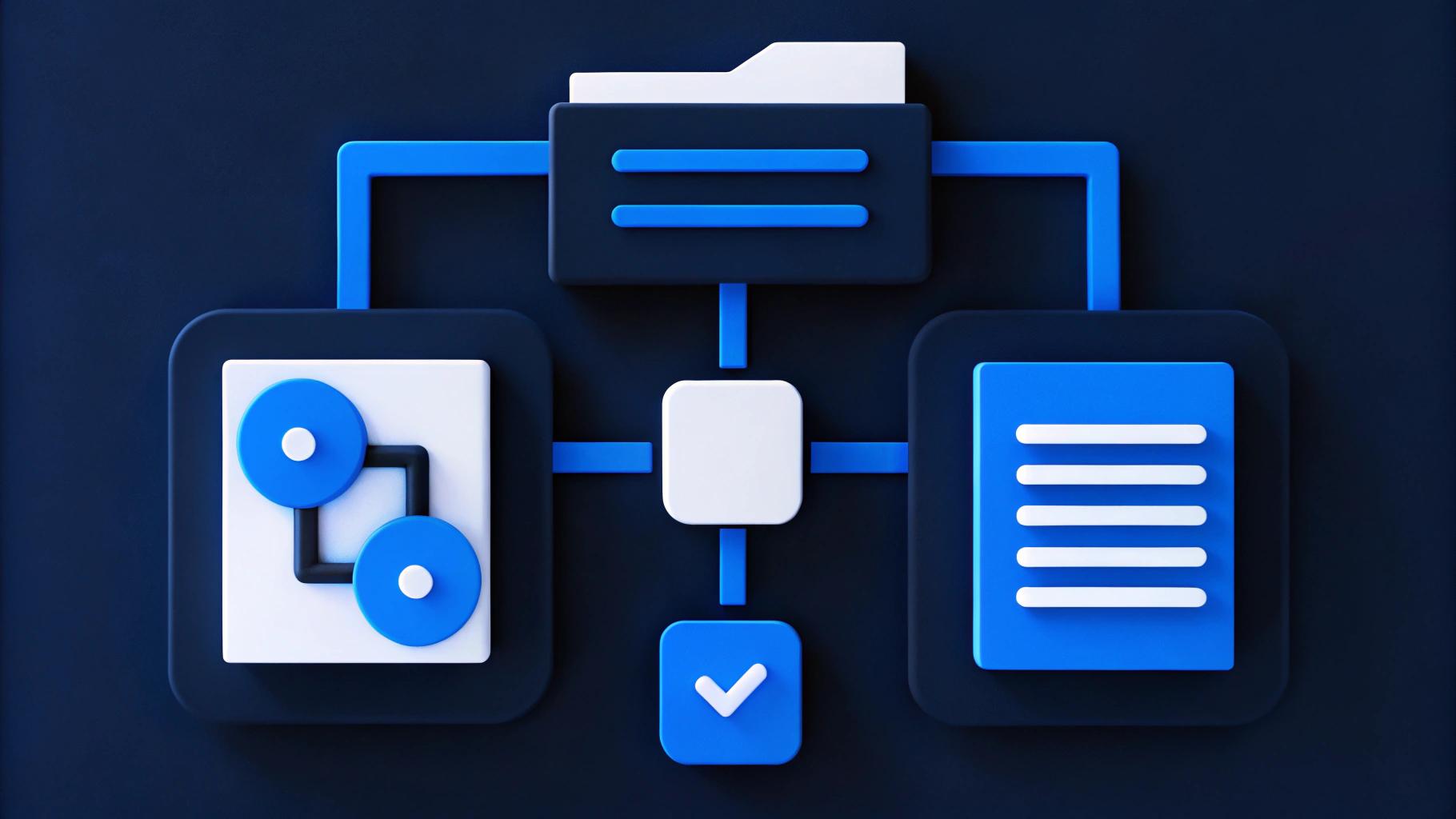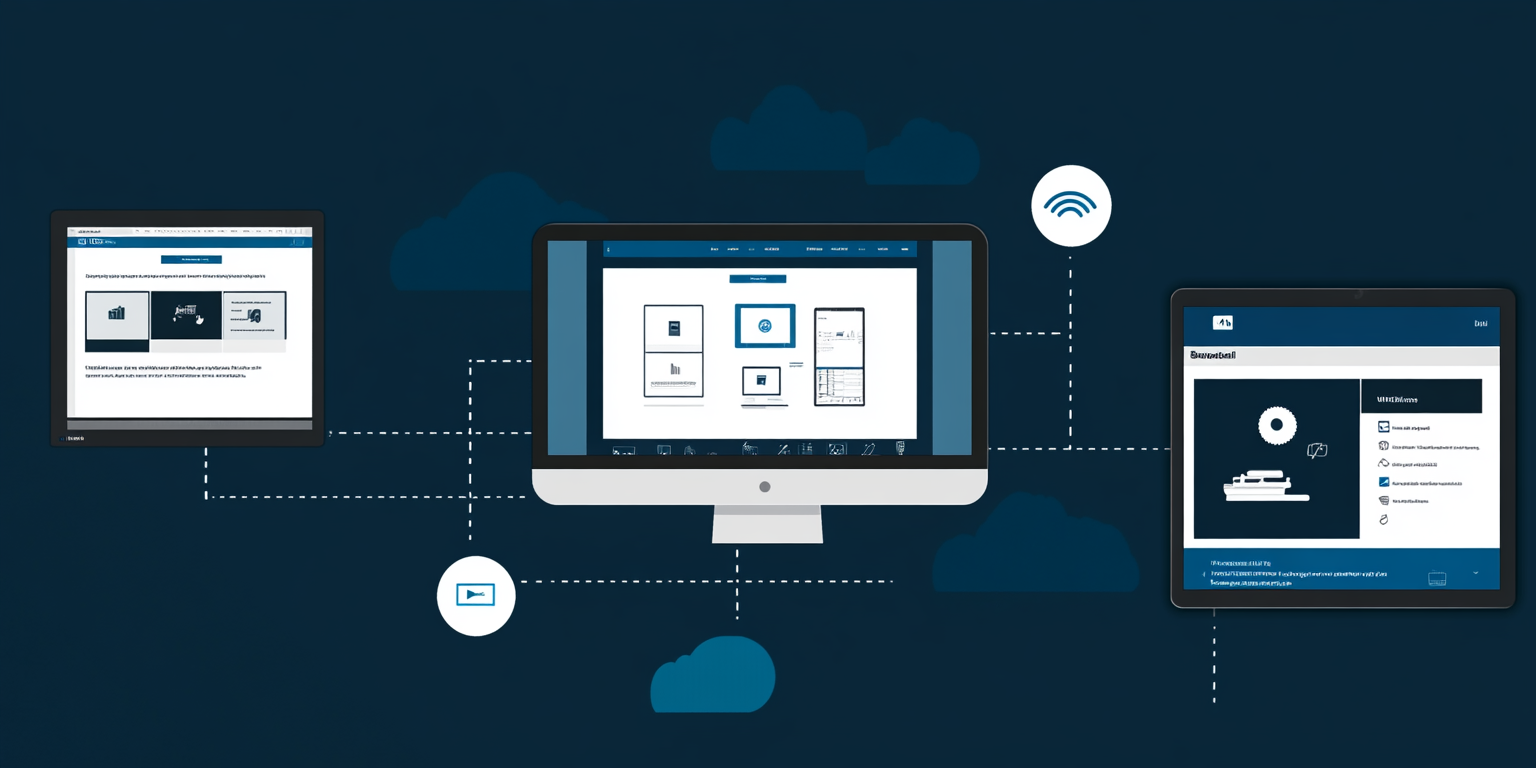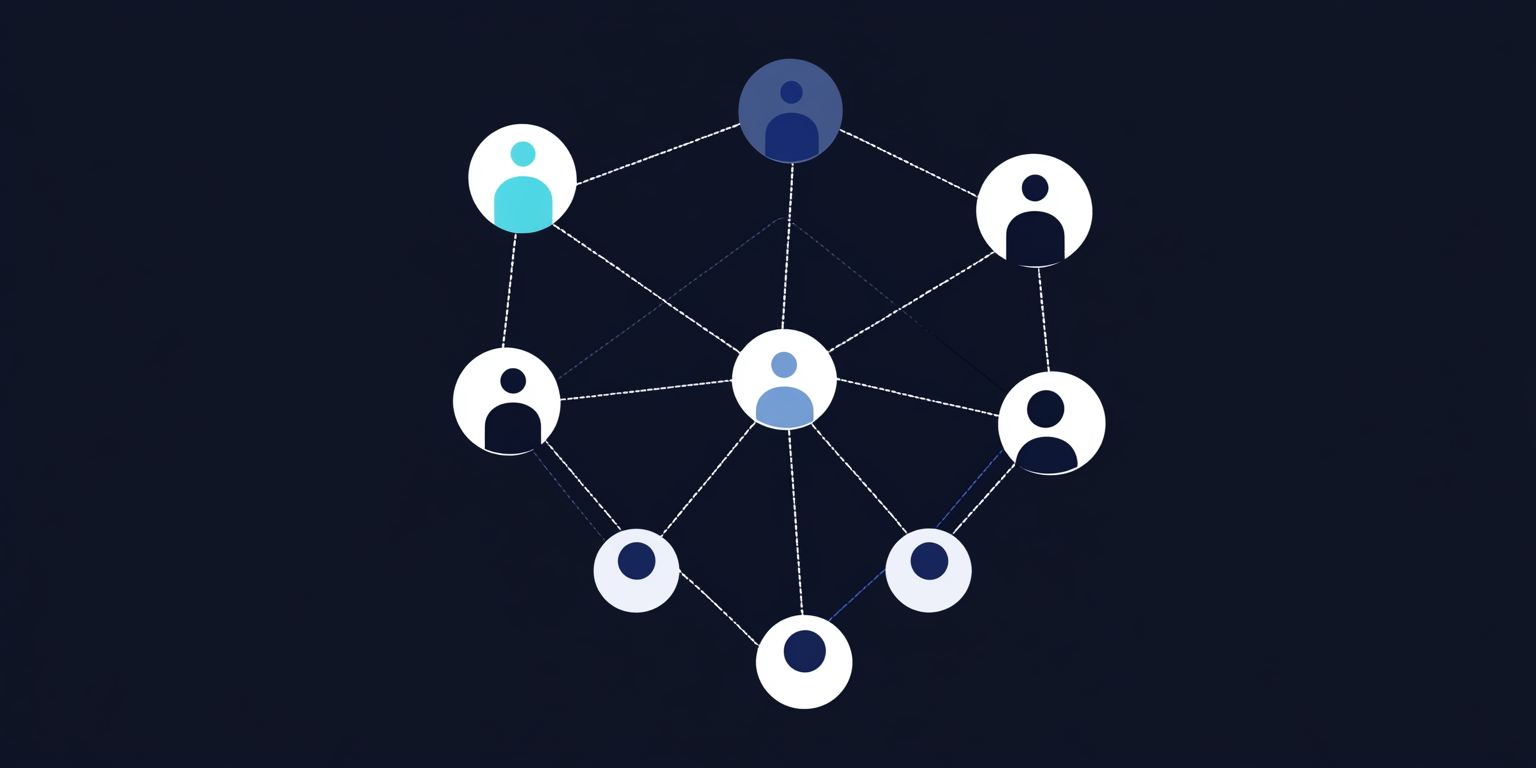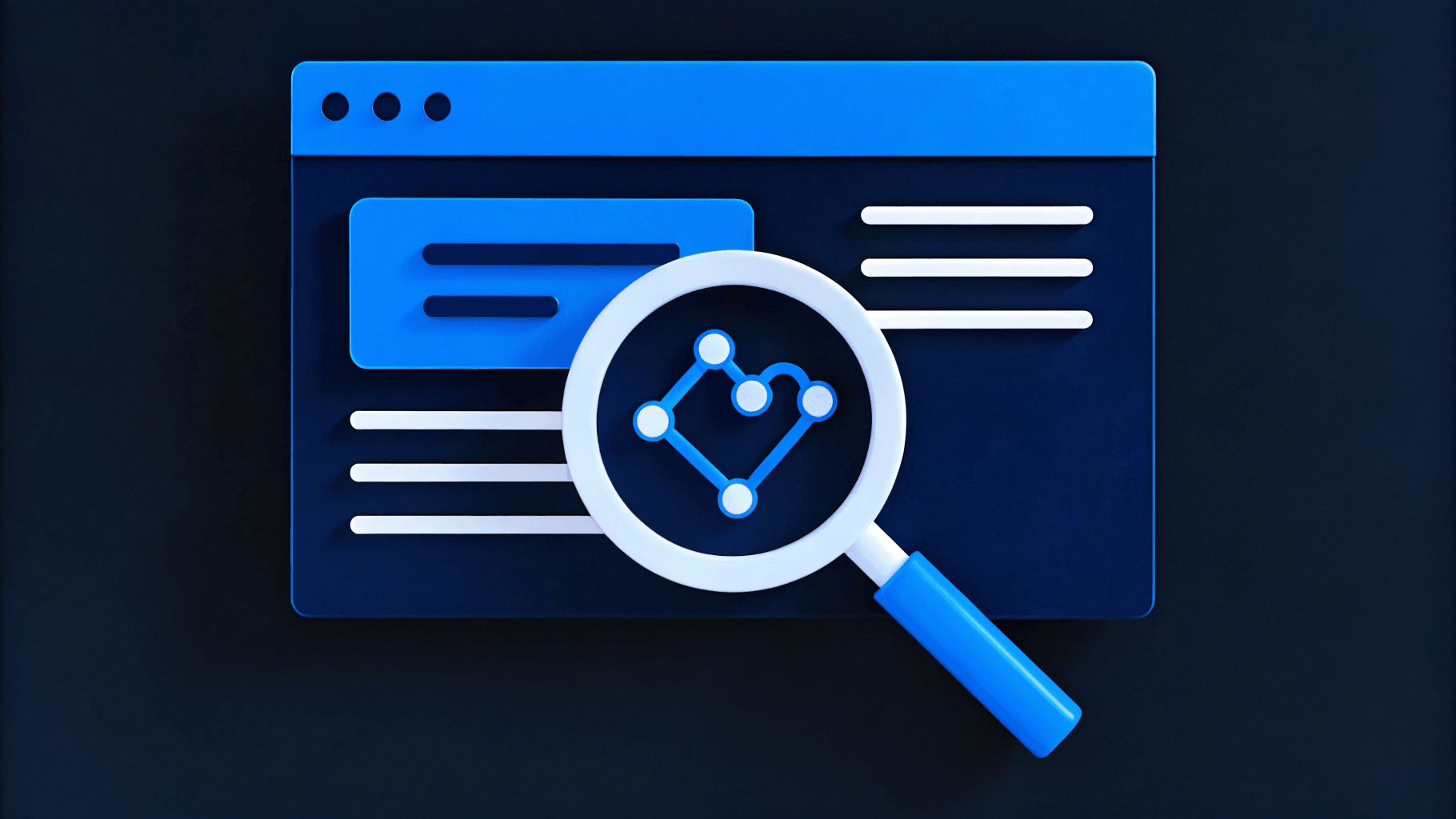Friday, July 11, 2025
How to Build AI Code Collaboration Workflows That Scale

AI tools are becoming invaluable for engineering teams, accelerating how they write, refactor, and test code. However, when these tools are layered onto legacy workflows without proper structure, they create more problems than they solve, introducing security risks, inconsistent code quality, and growing technical debt.
To scale AI collaboration across engineering teams, you need modular workflows, clear human-to-AI handoffs, and infrastructure that supports fast-moving contributors without breaking. That means defining where AI assists, where humans review, and how each step fits into your existing Git and CI/CD pipelines.
Core Principles of Scalable AI Collaboration
Scaling AI across an engineering team requires good tools, but more importantly, it requires structure. Just like reliable software, strong AI workflows rely on modular components, clear handoffs, and infrastructure that scales with your team. The key is to design the supporting systems that grow with your codebase and contributor count, without sacrificing code quality or control.
1. Build with Modularity First
Every AI task should run as an isolated service. When agents are modular, you can upgrade a model, change logic, or remove a dependency without disrupting the entire pipeline.
This mirrors how Webstacks applies component libraries to design systems and headless CMS setups. Decoupling content, presentation, and functionality enables teams to ship faster with less risk. The same approach applies to AI. Treat each agent as a microservice with a single responsibility and a defined API. Common plug-and-play agents include:
- Code reviewers that leave comments on pull requests
- Test-case generators triggered by commit hooks
- Doc writers that summarize merged code into Markdown
These tools should slot into your Git workflow the same way frontend components plug into your design system—reusable, traceable, and easy to maintain.
2. Define Human and Agent Roles
AI speeds up low-level tasks, but it can’t replace engineering judgment. Teams that scale AI effectively draw clear lines between what agents suggest and what humans approve.
A structured workflow helps. The system triggers an agent, collects its output, and then passes that to a human reviewer who decides what ships. This keeps final decisions in human hands and reduces the risk of over-relying on automation.
Approval flows in platforms like GitHub support this model and can be extended with dashboards and external integrations. When every contributor knows their role, whether reviewer or prompt-tuner, quality stays high, even as complexity increases.
3. Plan for Scale from Day One
AI systems that work for five people often break at fifty. Growth stresses fragile workflows unless you design for scale early. Start with predictable conventions: consistent branch names, tagged releases, and shared APIs for agent communication. Use serverless infrastructure and auto-scaling CI/CD pipelines to absorb bursts in activity without manual tuning.
Adopt event-driven patterns. When a pull request opens, emit an event that kicks off your reviewer, test generator, and doc agent. Adding new functionality becomes easier because every service responds to the same triggers. With these patterns in place, new teammates onboard faster, workflows stay stable, and your AI systems can grow alongside your engineering team.
Build Up to Multi-Agent Automation
AI collaboration doesn’t start with full automation. Most teams evolve through three phases as trust, complexity, and team size grow.
Start With A Single Bot
The fastest win is an AI reviewer that comments on pull requests. It flags formatting issues, summarizes changes, and suggests fixes—improving review consistency without overhauling your stack. Tools like GitHub Copilot or CodeRabbit make this simple to set up. The limitation: the bot sees only what’s in front of it. Broader context still requires a human.
Introduce Dedicated Task Agents
Once a single reviewer is in place, introduce focused agents for test generation, documentation, and security scanning. Separating responsibilities improves modularity, and role-based visibility gives engineering and product leaders more control and clarity. Each agent becomes easier to maintain or replace as your needs shift.
Incorporate Orchestrated Agent Blocks
Connect agents using events or a queue. A reviewer bot triggers a testing agent, passing output to a docs generator, with everything logged in a central dashboard. This removes manual handoffs and keeps workflows responsive as your team grows.
Framework for AI Code Collaboration
Building a scalable AI code collaboration system takes more than installing a plugin or enabling a GitHub app. You need a structured rollout that balances speed, visibility, and control as the system grows.
Introducing AI into your development workflow requires more than just plugging in a code assistant. To see real gains in speed, consistency, and quality, you need a system that scales with your team and doesn’t compromise reliability.
1. Set Success Metrics Early
Without baseline data, it’s impossible to measure whether AI is actually improving your workflow. Start by tracking key engineering metrics that reflect speed, stability, and quality across your pipeline. Focus on:
- Pull request cycle time
- Lead time from commit to production
- Deployment frequency
- Post-release defect rates
- Mean time to restore service
Pair technical metrics with outcomes like features shipped or story points completed per sprint. A unified dashboard sourced from GitHub, CI events, and ticketing systems helps surface trends and track improvements over time.
2. Choose the Right AI Tools
Tooling decisions shape how well AI integrates into your workflow. Choose based on the team’s current needs and future plans, not just feature lists.
Hosted tools like GitHub Copilot work well for smaller teams, while self-hosted options like CodiumAI offer more control over data and customization. Evaluate each tool based on how well it integrates with Git workflows, how it handles data, and whether it can scale with your usage and security needs.
3. Standardize Your Git Workflow
Consistency in your Git workflow is a prerequisite for automation. AI can only support your team effectively if the structure of your branches, commits, and reviews is predictable.
Pick a branching strategy (trunk-based or PR-driven) and enforce it through documented guidelines. Trunk-based development works well for smaller teams that ship frequently, with short-lived branches that merge into the main daily. PR-driven workflows are better suited for larger teams that need structured reviews, status checks, and clear approvals before code moves forward.
Choose the model that aligns with your release cadence and collaboration style, then document it clearly to eliminate ambiguity across contributors and AI agents. Add protections like required status checks, conventional commit messages, and automated PR labeling to keep both humans and bots aligned throughout the development process.
4. Automate Code Reviews with an AI Reviewer Bot
Use an AI reviewer to handle repetitive code review tasks. This frees human reviewers to focus on architecture and logic. Best practices:
- Add the reviewer bot to every pull request
- Configure it to comment at the line level with specific, actionable suggestions
- Block merges on high-severity findings
- Always require human approval before merging
- Log review output for audits and continuous tuning
Example (GitHub Actions):
on: pull_request
jobs:
review:
steps:
- uses: coderabbitai/ai-pr-reviewer@v1
env:
OPENAI_API_KEY: ${{ secrets.OPENAI_API_KEY }}
Configure the bot to review all pull requests, comment on specific lines, and flag high-severity findings. Always require human approval before merging, and log all bot activity to track accuracy and fine-tune performance over time.
5. Add Multi-Agent Tasks
Adding agents for testing, documentation, and security lets you automate more of your workflow without overwhelming a single system. Each agent should own a single task and run independently of others.
Examples:
- A testing agent that adds or updates unit tests for changed files
- A documentation bot that summarizes merged PRs nightly
- A security scanner that flags license issues or exposed secrets
Use event-based triggers (e.g., pull request opened, push to main) to avoid failures cascading across tasks. Make sure each agent:
- Has a single, clear responsibility
- Is idempotent (can rerun safely)
- Shares cached dependencies to save time
- Routes alerts to the right channel (Slack, email, etc.)
Set up agents to respond to GitHub events or CI pipeline triggers. This allows tasks like generating tests or refreshing documentation to run in parallel and stay reliable even as your codebase grows.
6. Enforce CI/CD Gates
AI becomes most useful when its feedback is tied directly into your pipeline. Gates ensure that generated code and automated changes still meet your team’s standards for quality and security. Recommended gates:
- Policy-as-code checks for formatting, structure, and ownership rules
- Dependency and license scanning
- Static security analysis for hard-coded secrets or vulnerable packages
- Post-deploy health checks with rollback triggers
When a gate fails, post summaries to your team’s communication channel and link to the relevant commit to accelerate remediation and promote learning.
7. Train the Team and Iterate
Automation only works if the team understands it. Give developers the context, tools, and support to succeed with AI-assisted workflows. Recommended rollout steps:
- Run team-wide demos showing a complete AI-assisted PR
- Add a prompt library and usage guide to the repo wiki
- Share success metrics regularly (e.g., reduced PR cycle time)
- Collect feedback during sprint retrospectives
- Update AI prompts and workflows quarterly based on team input
Continual tuning keeps your workflows useful and relevant as the team grows and project needs shift.
Security, Compliance, and Governance Guardrails
Governance is what keeps AI workflows fast, safe, and auditable at scale. The right policies help your team ship faster by catching risks early and reducing the manual steps that slow reviews down.
Assign Policy Owners
Map each phase of your workflow—development, testing, deployment—to a responsible policy owner. This makes it easier to automate checks without losing accountability. When policies need to change, whether due to a new regulation or a shift in tooling, owners can adjust controls quickly without slowing down other teams. This structure also makes it easier to integrate compliance checks directly into CI/CD pipelines, since every stage has someone accountable for defining what “good” looks like.
Bake Compliance into Your Workflow
Treat security requirements as CI/CD gates, not afterthoughts. Use pull request templates and pipeline rules to enforce:
- Role-based access controls (SOC 2)
- Logging and traceability (SOC 2, HIPAA)
- Data minimization and consent workflows (GDPR)
Compliance should happen by default, not during quarterly reviews.
Put Safety Controls in Place
AI-generated code still requires review. The following safeguards help protect both your application and your data:
- Secret scanning and rotation: Run automated checks on every commit and integrate token management to reduce exposure risk.
- Audit logs: Pipe logs from Git, CI tools, and model endpoints into a central system to meet SOC 2 expectations.
- License and dependency checks: Scan for third-party packages with incompatible licenses. Gate merges until violations are resolved.
- High-risk reviews: Require human sign-off on any AI-generated code that touches auth, payment, or user data flows.
These controls give your team confidence that AI tools are helping, not introducing new risks. They also create a foundation you can build on as your workflows mature and your team scales. With the right structure in place, you're positioned to move faster without sacrificing security, quality, or oversight.
Build the AI-Ready Development Workflow Your Team Needs
AI tools promise speed, but without structure, they often create more friction than they remove. Scattered plugins, inconsistent workflows, and last-minute security fixes slow teams down and drain engineering time. Scaling AI code collaboration depends on clear workflows, modular tooling, and strong governance from day one. Without that foundation, teams end up spending more time managing tools than shipping code.
Webstacks helps AI-first B2B teams build that system. We integrate GitHub, Contentful, Storyblok, CI/CD, design tools, and performance monitoring into a modular, developer-friendly stack. The result is a clean pipeline where AI reviewers, testing agents, and human contributors stay aligned from pull request to production.
Our team handles implementation and rollout, then trains your engineering leads and digital managers to own it. Developers learn how to tune prompts, manage agent workflows, and monitor quality. Managers get visibility into release velocity, review cycles, and impact on delivery timelines.
If your current workflows are starting to buckle under team growth or AI adoption, we can help. Talk with our team about building a scalable, AI-powered code collaboration system that keeps quality high and releases on track.




